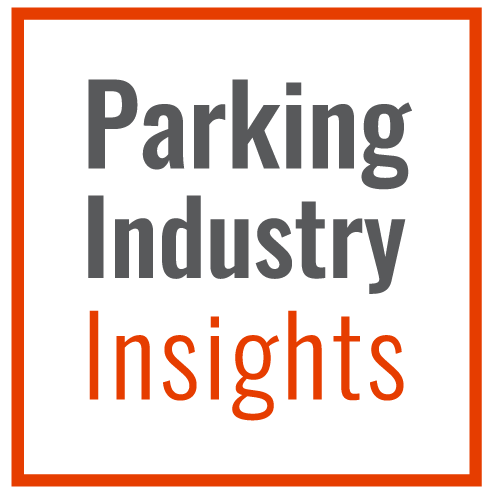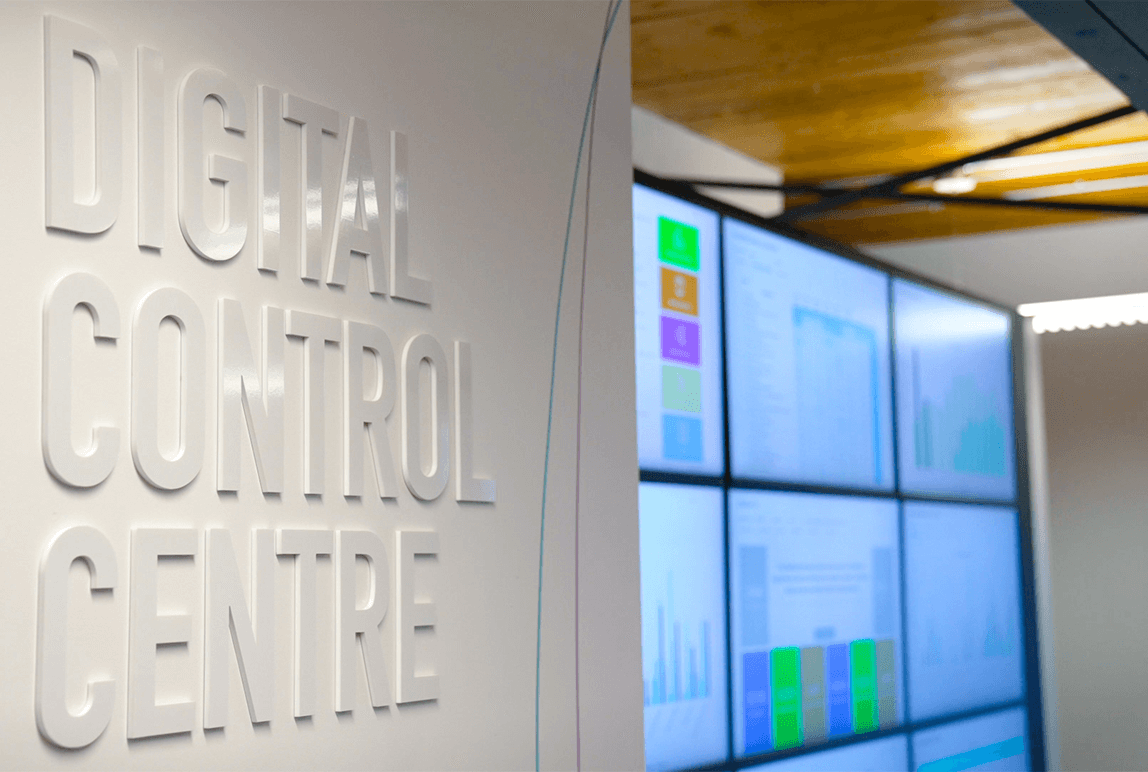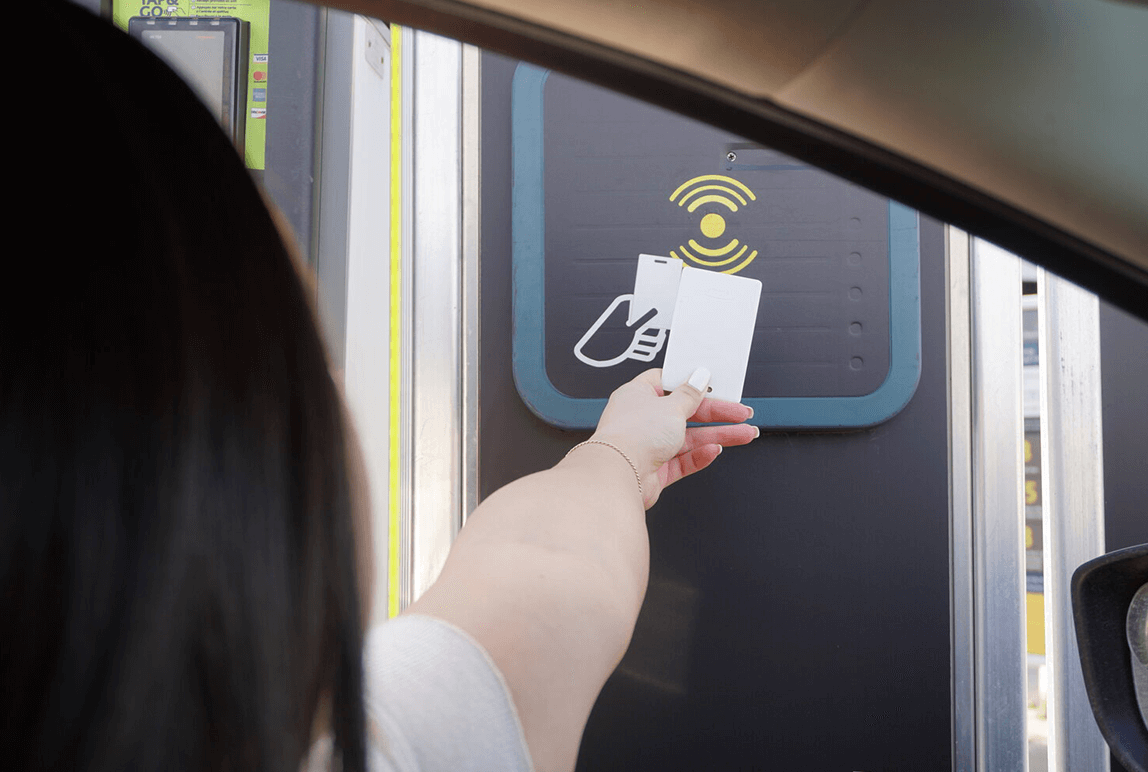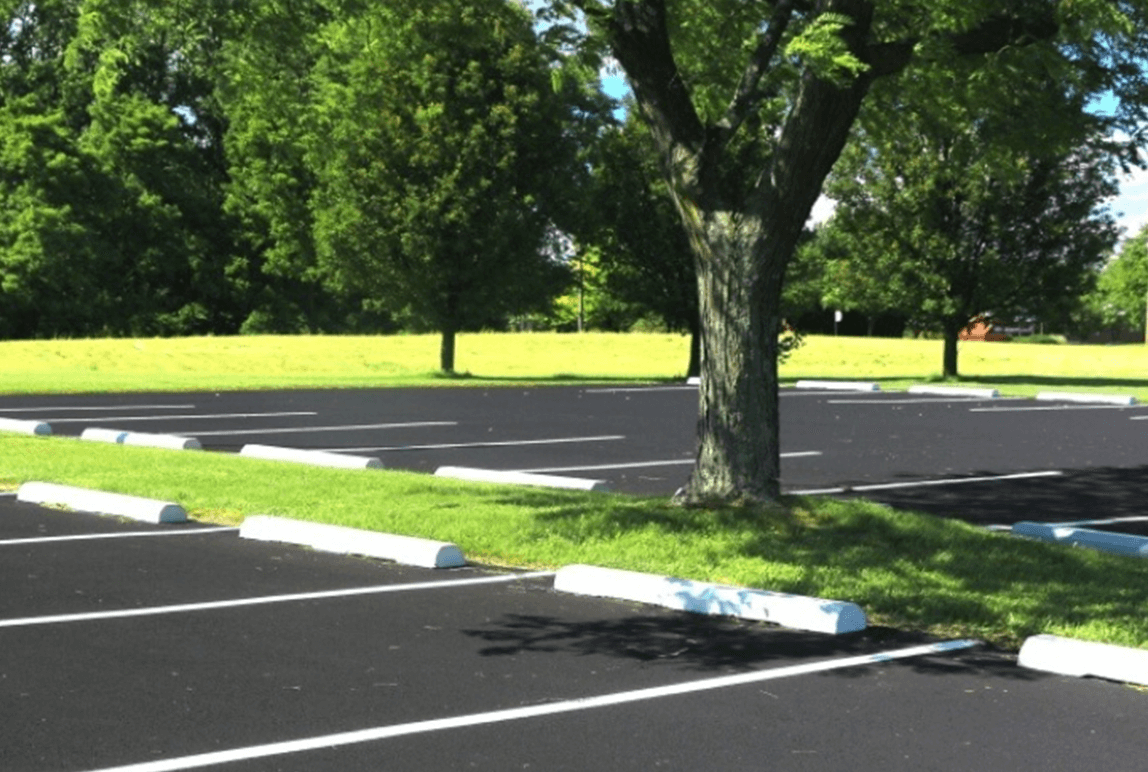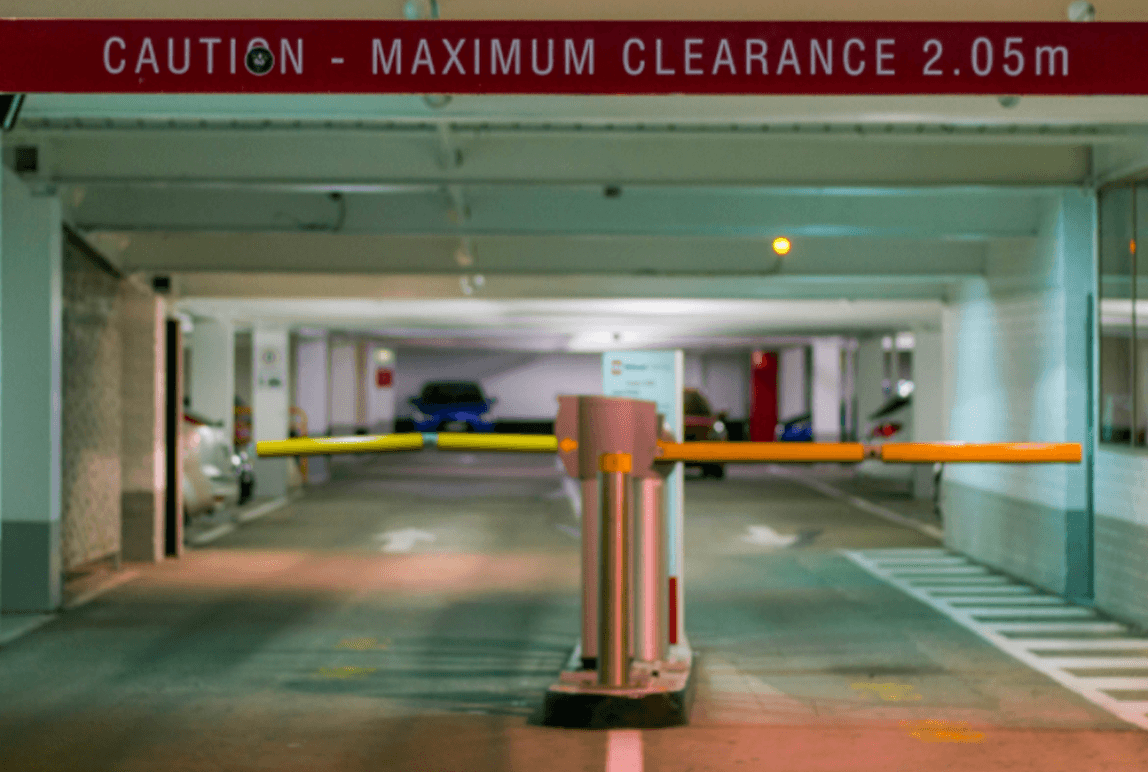How to Navigate Parking Enforcement During a Pandemic School Year
Posted: Sept, 10, 2020 10:15AM ET • 2 min read

Originally published on SecurePark.
With public parks and schools closed for the majority of this year, most parking regulations for street parking and school zones were put on pause. However, with parks opening up and a new school year now upon us, it’s important to remember that enforcement isn’t a thing of the past and is set to resume despite its suspension during the pandemic. As we head into the school year, officers are ready to strengthen their enforcement strategies within school communities to minimize crowding, ensure seamless flow of traffic and keep students and staff safe.
Since March 18, parking rules and bylaws have been a little more lenient as a result of COVID-19. With parking rules now back in place, increasing signage is essential to keep parkers well-informed and ensure compliance. With larger crowds expected in school zones, having a robust parking management system will also help to safely manage the influx of students, while upholding physical distancing measures. While there's a variety of ways to achieve this, here are some best practices to consider as the school year begins:
1. Allocated pick-up and drop-off
School zones and parking lots can become heavily crowded in the morning as children arrive and in the late afternoon during pick-up times. For elementary schools and high schools, having a clear pick-up and drop-off areas is fundamental to direct parkers and ensure that everyone has a designated spot, even for a short period of time. This improves the flow of traffic, makes way for buses and keeps the roads open for other drivers to safely pass through.
2. Designated parking for staff, students and visitors
Permit parking and gated lots have proven to be an efficient solution for accommodating parkers, especially in schools. More specifically, larger campuses such as colleges and universities are where designated parking becomes even more crucial. Having an automated parking software system will not only create a more seamless parking experience, but it will also help parking managers keep track of the number of vehicles entering their property. Given the sensitivity of the current environment, this is a great way to be vigilant and oversee physical distancing and capacity limits on property.
3. Time-limited parking for parks
In many neighbourhoods, public parks and schools are often complementary to each other. That said, you can expect parks to become busier after school hours, resulting in more people, more traffic and fuller lots during rush-hour times. By enforcing time-limited parking around these areas, parkers are likely to become more aware and accountable of the time they spend at the park, while taking physical distancing and limited capacity policies into consideration.
Having a parking software solution in place makes all of these best practices much easier to implement and achieve, in a cost-effective way. If you’re looking to improve parking management within your park or school property, contact SecurePark to learn more about how our cloud-based solutions can help.
Share Article:
ABOUT THE AUTHOR

Established in 2009, SecurePark was built to simplify the parking challenges many organizations face on a daily basis. Engineered by commercial parking operators, we use the latest smart technologies to build adaptable software solutions that support organizations across every industry. Driven by customer success, SecurePark’s innovative SaaS solutions are designed to help customers create efficiencies, increase revenue, reduce costs and deliver exceptional service. SecurePark is continuously evolving and allows customers to stay innovative and responsive to the ever-changing needs of the marketplace.
Questions?
Fill out the form below and we will do our best to connect you with a suitable contact.
5 min read
Payments mandates reflect the payment landscape, encouraging best practices and providing insight into where the world of payments is headed in the future. But as technology and payments adapt over time, so do the rules and regulations that guide these systems. As parking operators, when it comes to mandate changes that may impact how you process transactions, your payments provider and technology partners are there to support you and answer any questions you may have.
5 min read
The parking and mobility landscape is positioned for significant transformation in 2025, driven by technological advancements and changing consumer demands. As cities and businesses embrace innovation, staying ahead of key trends will be crucial for optimizing operations and enhancing user experiences. However, most importantly, understanding these trends will help organizations adapt and thrive in the evolving parking ecosystem.
5 min read
As we move into 2025, parking operations are being transformed by innovative technologies that streamline processes, enhance user experiences, and maximize profitability. From IoT-enabled solutions to dynamic pricing models, crafting a forward-looking parking technology and AI strategy is essential for staying competitive in this rapidly evolving industry. Below are the key technologies to consider:
6 min read
The parking and mobility industry is constantly evolving, making it challenging for newcomers and enthusiasts to keep pace. Staying informed about industry trends and key terminology is essential for parking facility managers, owners, and operators. This glossary is designed to simplify the jargon and provide clarity in this dynamic sector, serving as a valuable tool for anyone looking to deepen their understanding.
15 min read
Check out the top 25 solutions to empower your parking management strategy and position you for success in the upcoming year and beyond.
